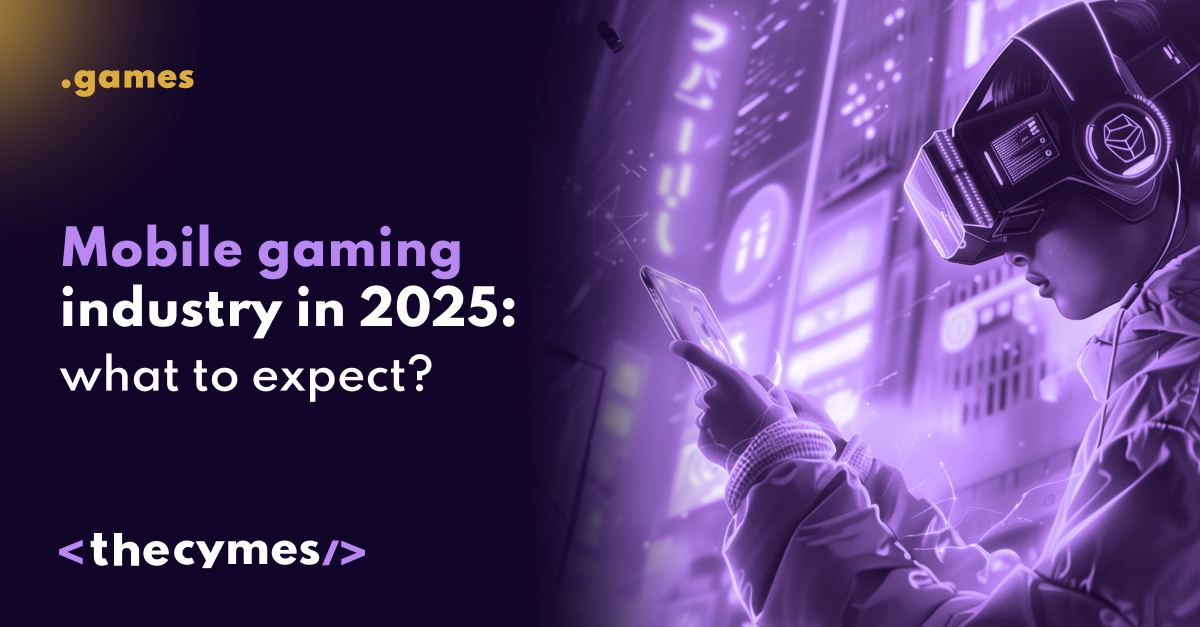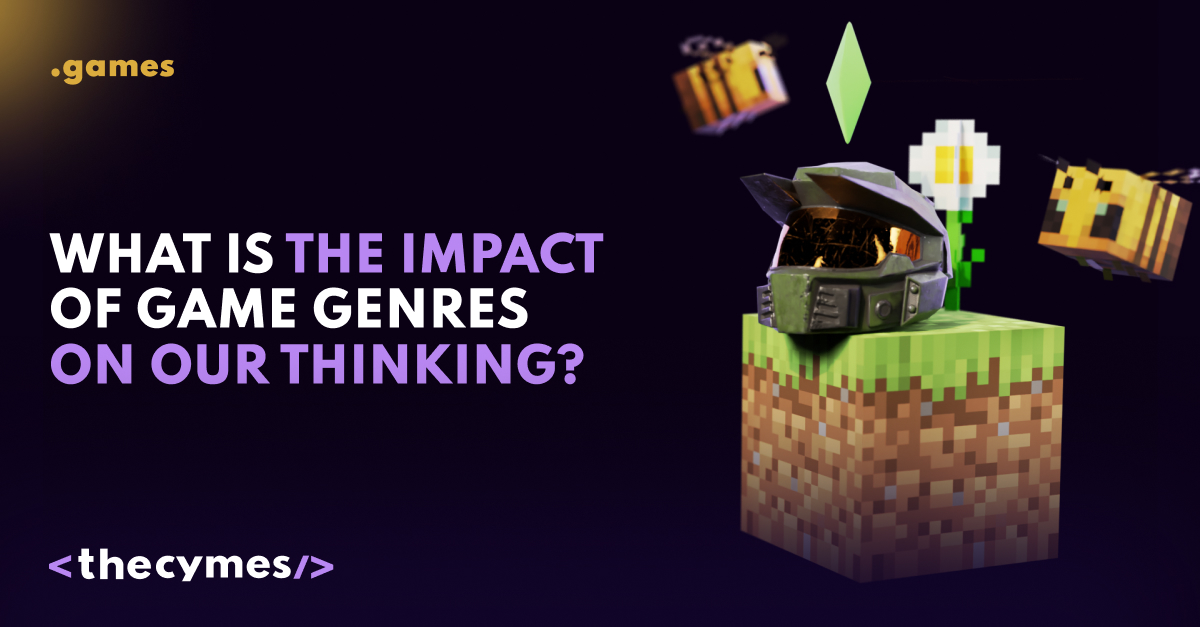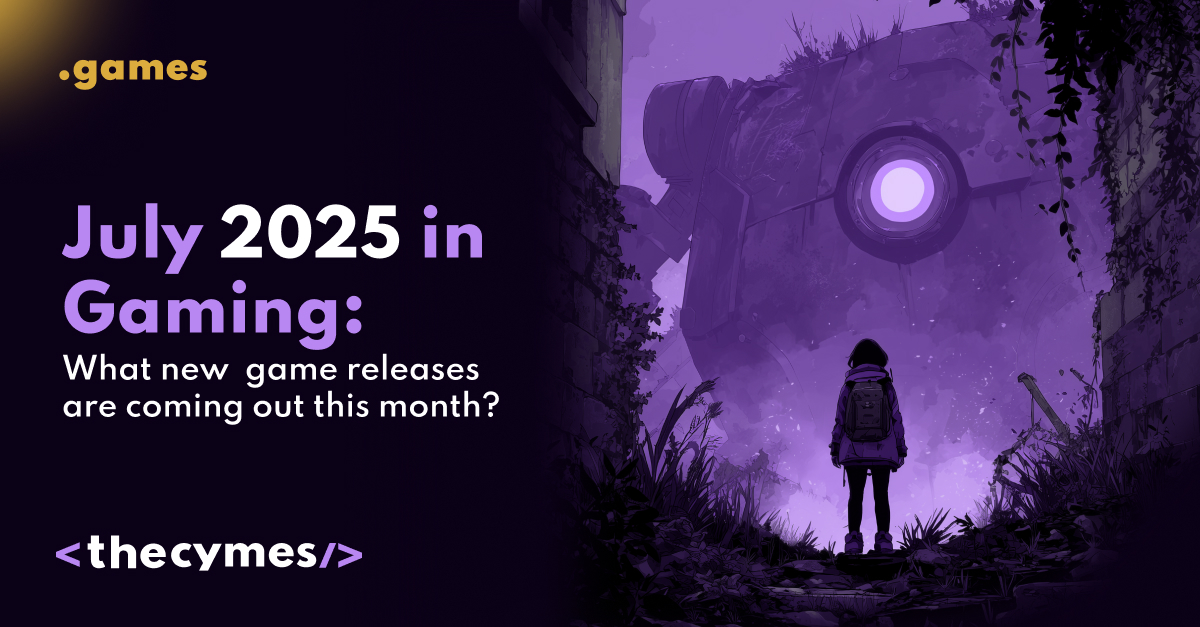.games4 July 14:31
0<
Mobile gaming industry in 2025: what to expect?
/>How artificial intelligence, personalization and hybrid monetization models are changing the rules of the game in a $105 billion industry be updated on the latest tech newsGet exclusive news updates and overview on tech market




